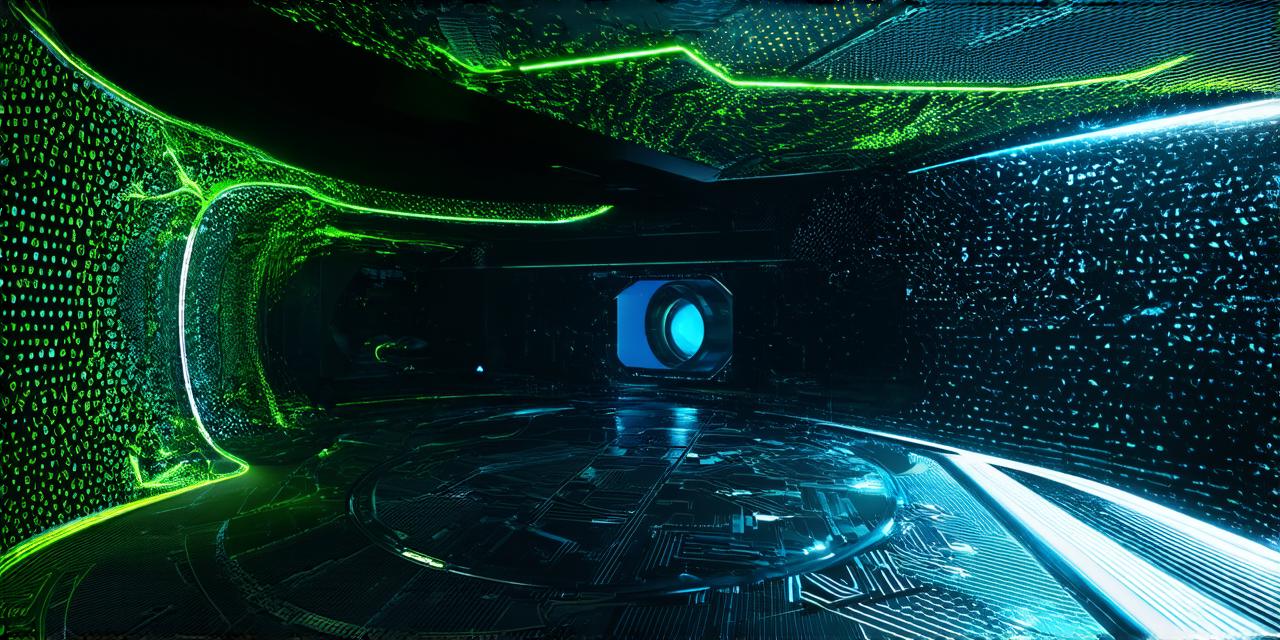Virtual reality (VR) technology is rapidly evolving and becoming more accessible to businesses and individuals alike. With this growing trend, the demand for VR software development has increased dramatically.
In order to create successful and engaging VR experiences, it is important to follow best practices in software development.
This article will provide a comprehensive guide on the best practices for VR software development, including tips for optimizing performance, designing intuitive interfaces, and creating immersive experiences.
Optimizing Performance
Performance is critical to the success of any virtual reality experience. Slow load times and lag can cause frustration and lead to a negative user experience. To optimize performance, developers should consider the following tips:
- Use low-poly models for objects in the VR environment.
- Optimize textures to reduce loading times. Compression techniques such as LOD (Level of Detail) and POT (Progressive Overlap Texture) can significantly improve load times.
- Reduce draw calls by using batching and instancing. This technique allows multiple objects to be drawn with a single draw call, reducing the number of instructions sent to the GPU.
- Implement culling to remove objects from the view that are not visible to the user. This can significantly improve performance by reducing the number of objects that need to be processed.
Designing Intuitive Interfaces
Intuitive interfaces are essential for a successful VR experience. Users should be able to navigate the environment easily and perform actions without confusion or frustration. To design intuitive interfaces, developers should consider the following tips:
- Use clear and concise controls. Simple controls such as joysticks and triggers are often the most effective for VR experiences.
- Provide feedback to the user. Visual and auditory cues can help users understand how their actions are affecting the environment.
- Test the interface with a diverse group of users to ensure that it is intuitive and easy to use.
Creating Immersive Experiences
Immersive experiences are the hallmark of successful VR software development. To create immersive experiences, developers should consider the following tips:
- Use realistic lighting and textures to create a believable environment.
- Implement dynamic weather and time effects to add depth and complexity to the experience.
- Use spatial audio to enhance the sense of presence in the VR environment.
- Provide opportunities for exploration and discovery to keep users engaged.
Real-Life Examples
To illustrate the best practices for VR software development, let’s look at some real-life examples.
Virtual Tourism
Virtual tourism is a great example of how VR can be used to create immersive experiences. The goal of virtual tourism is to provide users with a realistic and engaging experience of a physical location without leaving their homes. To achieve this, developers need to optimize performance, design intuitive interfaces, and create immersive experiences.
- Optimization: Developers should use low-poly models for objects in the VR environment, optimize textures to reduce loading times, and implement culling to remove objects from the view that are not visible to the user.
- Interface design: Clear and concise controls such as joysticks and triggers can be used to navigate the virtual environment. Providing feedback to the user through visual and auditory cues can help users understand how their actions are affecting the environment.
- Immersive experience: Developers should use realistic lighting and textures, implement dynamic weather and time effects, use spatial audio, and provide opportunities for exploration and discovery to create an immersive experience.
Medical Training
Virtual reality can be used for medical training to provide a safe and controlled environment for students to practice surgical procedures. To achieve this, developers need to optimize performance, design intuitive interfaces, and create immersive experiences.
- Optimization: Developers should use low-poly models for objects in the VR environment, optimize textures to reduce loading times, and implement culling to remove objects from the view that are not visible to the user.
- Interface design: Clear and concise controls such as joysticks and triggers can be used to perform surgical procedures. Providing feedback to the user through visual and auditory cues can help students understand how their actions are affecting the virtual environment.
- Immersive experience: Developers should use realistic lighting and textures, implement dynamic weather and time effects
